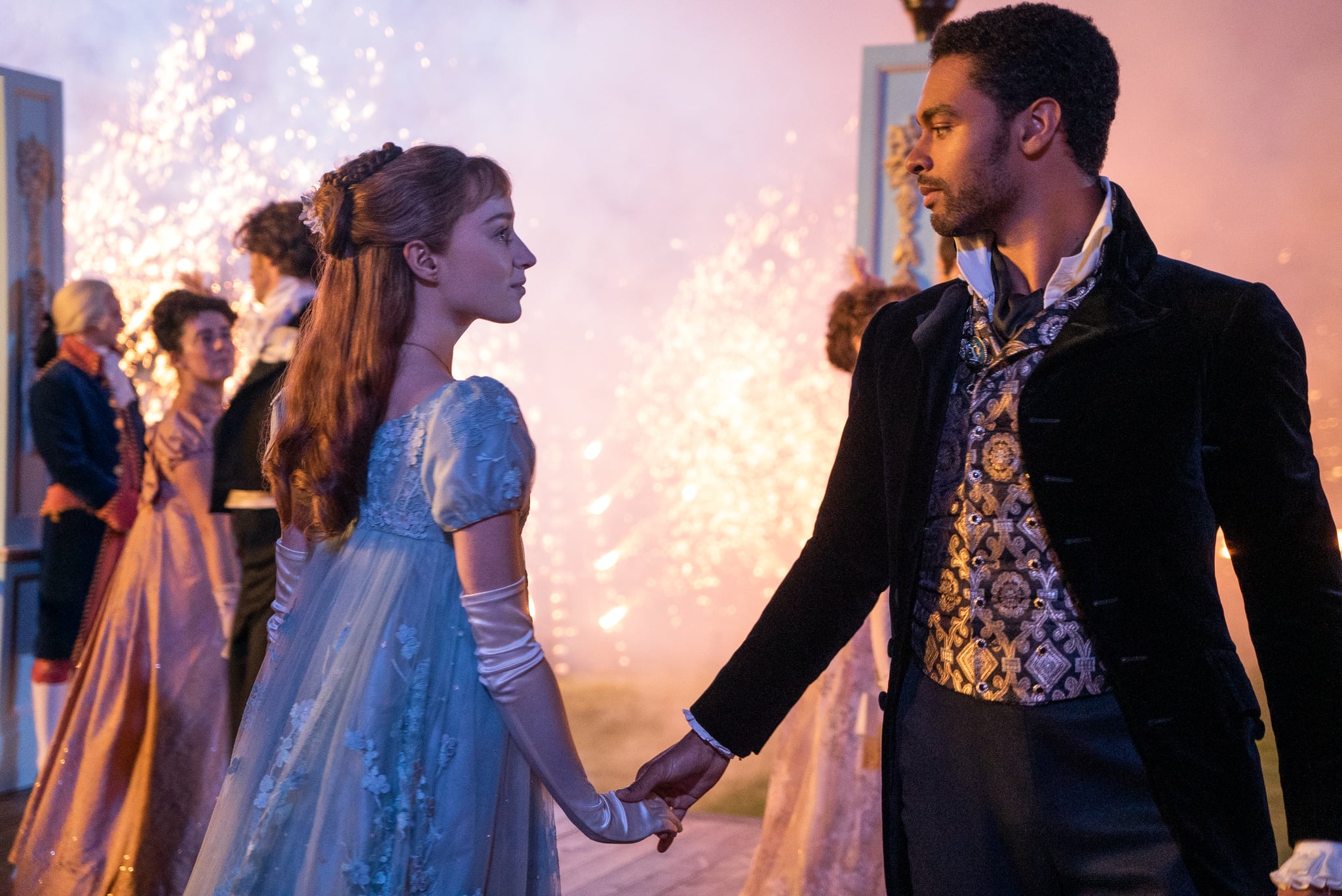Content Warning: Sexual violence.
It is a truth universally acknowledged that Shonda Rhimes churns out hit TV dramas faster than you can say “Shondaland.” In collaboration with Netflix, Bridgerton is Rhimes’ latest endeavour in cultivating a mass fanbase—already charting as the number one Netflix show in 76 countries.
The hit series is set in Regency-era England, detailing the toil and excitement of courtship in the 1800s. Based on Julia Quinn’s book series, Bridgerton revolves largely around the will-they-won’t-they romantic dynamic of headstrong aristocrat Daphne Bridgerton (Phoebe Dynevor) and the broody Duke of Hastings, Simon Bassett (Rége-Jean Page). The characters engage in every courting activity found in a Jane Austen novel; from chaperoned flirting, to balls, to sexually-charged walks in perfectly manicured gardens. Every scene depicts the utmost dedication to aesthetic and visual detail. In fact, Bridgerton custom-designed every piece of furniture and drapery. Every feathered hairpiece, every cufflink at the end of a poofy sleeve, every sofa, and every painting is carefully placed and maintained to highlight the show’s intended whimsical tone and the plot’s heightened suspense and romance.
Yet, this dedication to tone and aesthetic veils blatant, unaddressed moments of insensitivity, most notably from the concerning scene in episode six that glosses over an act of sexual assault. Initially believing the Duke to be impotent, Daphne then finds out that her husband has purposefully been, to put it bluntly, “pulling out,” and in fact, can have children. What follows next is arguably the show’s most subtly horrific scene—one that goes unquestioned for the remainder of the series. The next time Daphne and Simon have sex, rather than allowing Simon to end intercourse, Daphne forces him to continue, despite Simon’s obvious discomfort.
This is not the first time that sexual assault against men has been depicted on television, but it is arguably one of the rare occasions in which it goes unmentioned and unlabeled for what it is: Assault. Following this scene, Simon’s anger with Daphne lies in her lack of respect for his desire not to have children, and Daphne’s anger lies in Simon’s deception. Neither brings up the subject of consent or rape. String quartet soundtracks keep playing, flirty dance sequences continue, and Simon and Daphne eventually forgive each other two episodes later as they plan how many public dances they will engage in at the next ball. The drama and whimsy continue, distracting from and belittling a case of blatant sexual assault.
The implications of this scene and its aftermath are disturbing: Bridgerton implies that because Simon lied to Daphne, his assault was justified. Further, the show suggests that this moment of dubious consent did not merit further examination, a decision that surely would have been different had the gender roles been switched. The scene suggests to viewers that because Daphne was wronged, her actions were excusable. Such a thought process erases the notion of consent, and more horrifically, perpetuates the stigma that male-identifying individuals cannot be victims of sexual assault. Despite criticisms of this precarious scene, Bridgerton remains a popular show.
This incident, while significant in the realm of television narrative, also examines the necessity of accuracy in literature-to-screen adaptations. Book series author Julia Quinn originally wrote a version of this scene in the series’ first book, similarly implicating Daphne as a rapist. Bridgerton’s producers arguably toned the scene down, yet this still does not merit the glossing over that occurred in the episode. Rhimes’ Bridgerton capitalizes on audiences’ love of Regency-era romance narratives and the sense of escapism brought on by bright colours, exquisite outfits, and choreographed balls. The show chooses to convey the flounce and frills of the book series, yet its loyalty to the storyline rather than ethics sets a disturbing precedent for both past and modern attitudes toward rape culture.








